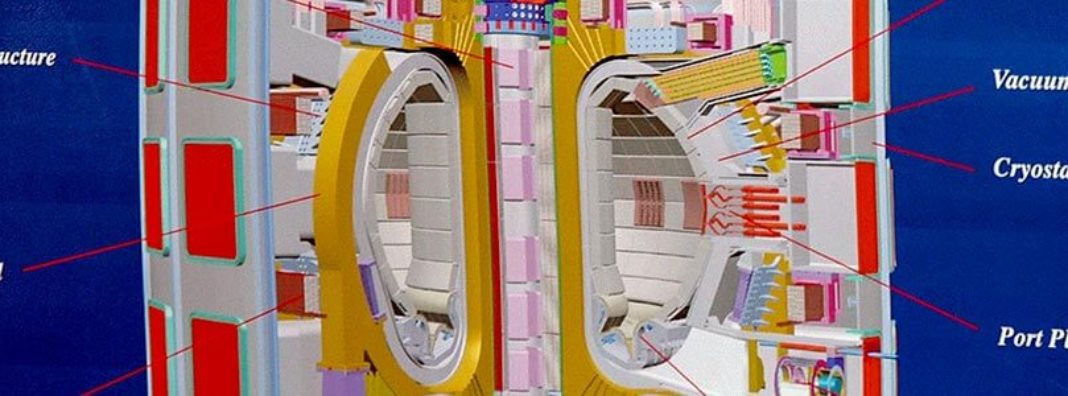
Just before the holidays, Senator John Barrasso, R-Wyo., pointed to innovation as our best hope to curb carbon emissions. “Technology breakthroughs,” he said, “have led to an American energy renaissance and a growing economy.”
Senator Barrasso is absolutely right: Technology has improved the quality of American life and American energy consumption. Only by embracing tomorrow’s solutions can we begin to solve today’s most pressing problems.
While many innovators have turned their attention to carbon emissions, some are turning to the stars for answers. Literally.
Nuclear fusion — the same process that powers our sun — is being replicated in labs around the world. To say that our economy may soon be powered by man-made stars sounds like science fiction, but such is the beauty of innovation. After all, today’s energy sources look much different than they did a century ago.
In 1908, coal accounted for three-quarters of total U.S. energy consumption. In the 1940’s and 50’s, cities like Pittsburgh and Chicago had to turn street lights on in the middle of the day because clouds of soot blotted out the sun. Today, coal accounts for just 14% of total energy consumption in the U.S. — an 82% reduction. These reductions were made possible in large part by innovative alternative energy sources such as hydro, nuclear, natural gas, solar, and wind power.
Fusion Power: Truly Green Energy
Fusion power could likely be the next source of energy added to that list.
Currently, all nuclear power is created through a process known as nuclear fission. While it sounds a lot like fusion, there is one major difference between the two. In a fission reaction, energy is created when a large atom, like uranium, becomes unstable and splits. Fusion, on the other hand, produces energy by combining atoms under intense pressure and heat to produce a much more powerful nuclear reaction.
This process produces four million times more energy than coal and four times more energy than current nuclear fission processes of equivalent mass. And unlike nuclear fission, fusion does not produce any long-term, highly radioactive waste.
There are a number of scientists working to make fusion a reality. ITER, a multi-nation backed fusion reactor in France, plans to see results from its fusion reactor by 2025. Commonwealth Fusion Systems, a group of engineers from MIT, is working on a scalable fusion reactor design that they expect to be able to prototype in the next 15 years. CFS has received millions in private funding from various groups, including an energy investment company backed by investors including Bill Gates and Jeff Bezos.
There are a handful of other companies as well, all working to find ways to make fusion power a reality.
Advancing On Many Fronts
Combine these efforts with the carbon-mitigating advances being made in nuclear fission technology, carbon capture, natural gas, and battery technology for renewable energy storage and the future of clean energy consumption certainly looks hopeful. As policymakers seek to decarbonize our economy, it is crucial that they recognize the role technology and innovation can and should play in that process.
Beyond the technical difficulty of making fusion power a dependable energy source, however, our current regulatory structures may be just as important a factor in whether or not this technology is ever brought to market. After regulatory burdens were blamed for contributing to delays and cost overruns at two nuclear facilities in the southeast (one of which has been shuttered due to high costs), Congress took steps to streamline the permitting process for fission nuclear reactors.
The Nuclear Energy Innovation and Modernization Act, which was passed in December of 2018, requires the Nuclear Regulatory Commission — the group tasked with regulating the nuclear industry — to streamline a permitting process that currently can take 5-10 years to complete. This law may not provide relief for current applicants, but it could set a useful precedent for future regulatory approaches to new technologies.
It is also one common-sense step lawmakers should consider taking now to help pave the way for next-generation energy technology.
There is little doubt that innovation will continue to improve the lives of Americans and provide solutions to what may seem to be today’s most intractable problems. Nuclear fusion is just one of many moonshots being taken to solve them. If we can get our regulatory posture right today, there’s a good chance we may eventually land among the stars.


 Investors.com
Investors.com